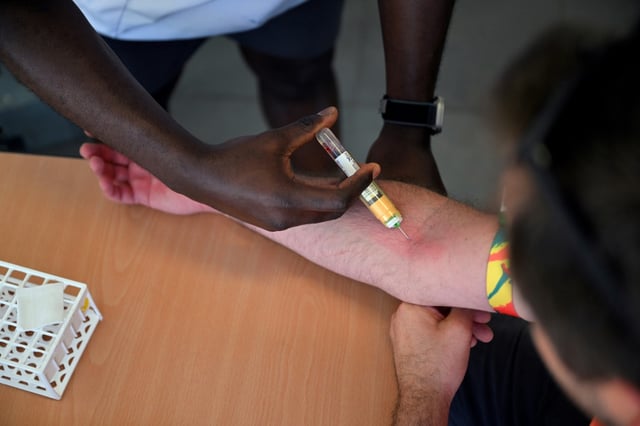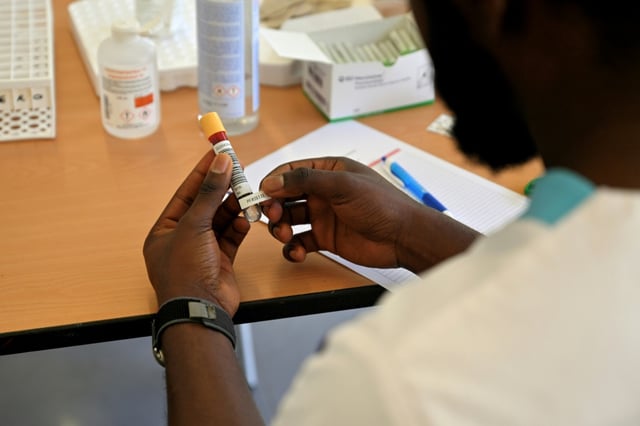Overview
- Authorities extended blood-sampling campaigns in June across about ten Walloon municipalities, collecting nearly 1,300 samples to assess PFAS exposure with results due later this year.
- A judicial investigation remains open into the source of local PFAS pollution after the US military warned water operators in 2017 and regional authorities were notified in 2018.
- Activated-carbon filters have been installed in drinking-water systems and new EU rules capping total PFAS at 100 ng/L were accelerated to 2025 to strengthen safety standards.
- Researchers at the University of Notre Dame detected PFAS in almost one-third of reusable menstrual products and estimated that skin absorbs between 1% and 50% of these chemicals.
- A University of Utah team demonstrated in lab tests that a metal-organic framework filter removed over 99% of PFOA in five minutes and retained 93% efficiency after five wash cycles



